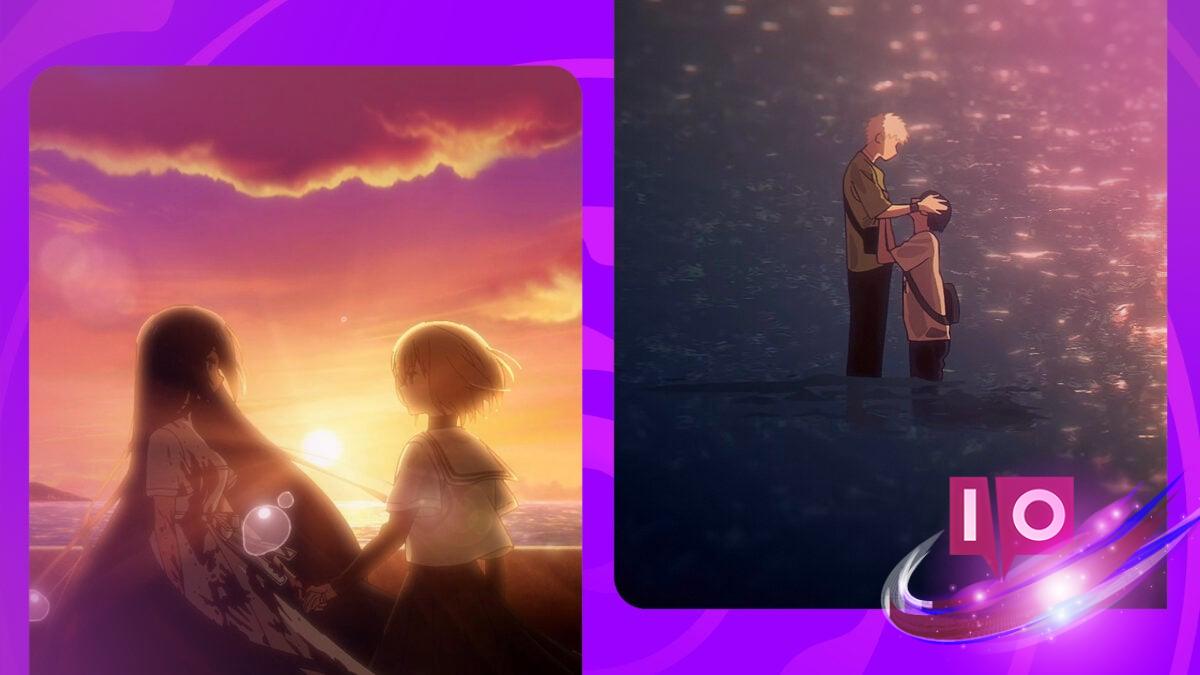Anime continues to evolve as a medium, presenting stories that entangle the familiar with the unexpected. This fall marks an intriguing emergence of two supernatural series that examine queer longing through a compelling lens: the idea of falling for the monster. It’s a unique twist that brings excitement and depth to the genre, showcasing the rich narratives that can emerge from unexpected parallels.
At the forefront of this queer anime renaissance is The Summer Hikaru Died. This series places Yoshiki Tsujinaka in a heart-wrenching dilemma: should he destroy the demonic entity that’s taken his best friend’s form, or allow it to live as “Hikaru,” whom he still loves? This decision leads to a horrifying journey as yokai invade their quiet countryside, forcing Yoshiki and “Hikaru” to confront both the danger they face and the complexities of their altered relationship.
What themes does The Summer Hikaru Died explore?
The series adeptly weaves themes of identity, grief, and love within its supernatural narrative. Yoshiki’s struggle to embrace or reject his feelings for both “Hikaru” and the boy he lost represents a poignant exploration of emotional turmoil and the blurred lines between love and monstrosity.
On the flip side, “Hikaru” grapples with his own sense of self: do his affectionate feelings stem from his host’s memories, or is this new identity his own? This inner conflict not only enriches the story but also highlights queerness as a crucial element, merging personal identity with overarching themes of danger and societal expectations.
How does This Monster Wants to Eat Me differentiate itself?
Not to be outdone, Crunchyroll’s This Monster Wants to Eat Me pivots to a different kind of darkness. The narrative follows Hinako, a troubled high school student still reeling from family tragedy. After a suicide attempt, she is rescued by the enigmatic Shiori, a mermaid whose nature ties directly to Japanese folklore, where mermaids often embody peril rather than charm.
Shiori’s protective instincts towards Hinako complicate their burgeoning relationship, as her intentions involve consuming her one day. This thrilling complication sets the stage for a romantic entanglement that is both chilling and strangely comforting, echoing dark literary romances like those found in Carmilla and Dracula.
What makes these anime significant in the queer narrative landscape?
Both series present complex portrayals of love, haunting, and survival, creating richer narratives that dive beyond genre conventions. They capture the struggles of queer youth against the backdrop of both supernatural threats and societal pressures, pushing the boundaries of how these themes are portrayed within the medium.
As a viewer, do you find yourself drawn to stories that challenge traditional narratives? You’re not alone—many are finding resonance within these dark, unconventional tales.
Are there more queerness-focused animes on the horizon?
Absolutely! Upcoming titles like I Want to Love You Till Your Dying Day promise to continue expanding this genre, bringing more dark, sapphic storytelling to the forefront.
Why should you care about queer representation in anime?
The inclusion of queer characters and stories is not merely a checkbox to tick off; it enriches the narrative landscape of anime. These stories provide crucial visibility for marginalized voices and create a deeper connection with those who resonate with the characters’ experiences of love, loss, and identity.
In a saturated market filled with repetitive tropes, these unique series shine brightly, reminding us that anime can reflect the complexities of human emotions while providing a safe space for exploration. Amidst all the chaos of traditional yokai narratives, these beautifully flawed monsters strive to connect us back to our own humanity.
Want to continue discovering groundbreaking anime content? Check out more insightful discussions at Moyens I/O.
